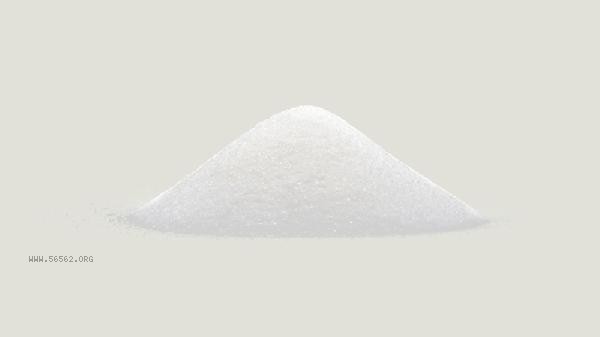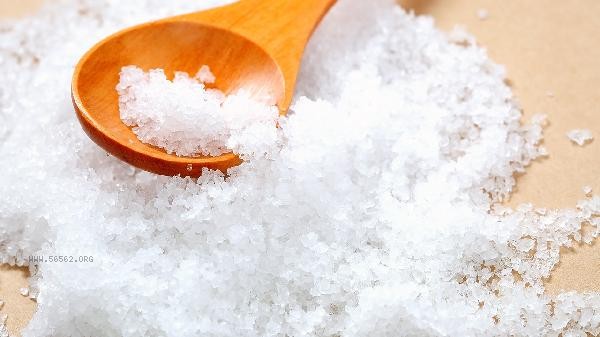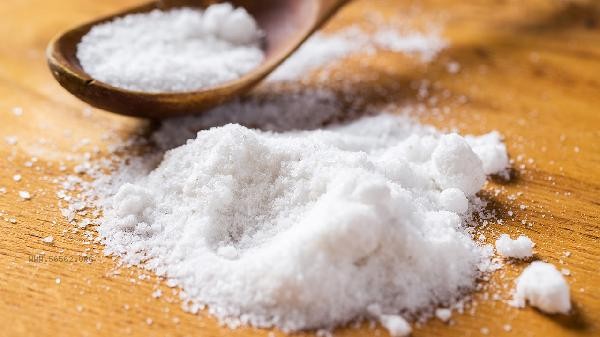Forgetting to add salt to dough can be remedied by adding salt later, adjusting fermentation time, adding seasoning ingredients, changing cooking methods, or re kneading the dough.

1. Add salt later.
Dissolve the salt in a small amount of warm water and knead it evenly into the fermented dough. Salt infiltration takes time, it is recommended to let it stand before plastic surgery. This method is suitable for dough in the early stages of fermentation, with relatively uniform salt distribution and minimal impact on gluten structure. Please note that the amount added should not exceed the proportion of the original formula to avoid excessive saltiness.
2. Adjusting Fermentation Time
The fermentation speed of salt free dough will be accelerated, which can be controlled by reducing the ambient temperature or shortening the fermentation time. Place the dough in a cool place to delay fermentation, or proceed directly to the next step. This method is suitable for situations that require quick processing, but may affect the fluffiness of the finished product.
3. Add seasoning ingredients
When making fillings or surface decorations, add salty ingredients such as cheese, bacon, seaweed, etc. Brushing salt water or sprinkling salt granules before baking can also enhance the flavor. This method is especially suitable for pizza, Steamed rolls and other pasta with filling, which can complement the salty taste and enrich the taste level.

4. Change the cooking method
Change bread into fried food, such as deep-fried dough sticks, fried cakes, etc., and add saltiness by dipping in sauce. Or it can be made into sweet Dim sum and served with jam and cream. This plan is suitable for already formed dough and can cleverly transform the properties of the finished product, but it will change the original recipe flavor.
5. Re dough
Use the original dough as the old dough, add new flour and salt in proportion, and knead again. This method can completely solve the problem of salt distribution, but it takes a long time and is suitable for situations where the taste of the food is high. Pay attention to the ratio of new and old dough to avoid excessive fermentation.

When making noodles in daily life, it is important to develop the habit of first weighing the salt content and using conspicuous containers to distinguish the added ingredients. For dough that has been remedied, it is recommended to pair it with soup or dishes to balance the taste. There are differences in water absorption among different types of flour, and the amount of liquid added during remediation needs to be flexibly adjusted. If producing large quantities of food, small samples can be taken first to test the effectiveness of the remedial plan. When storing salt free dough, it can be frozen to delay fermentation, but it needs to be processed as soon as possible after thawing.








Comments (0)
Leave a Comment
No comments yet
Be the first to share your thoughts!